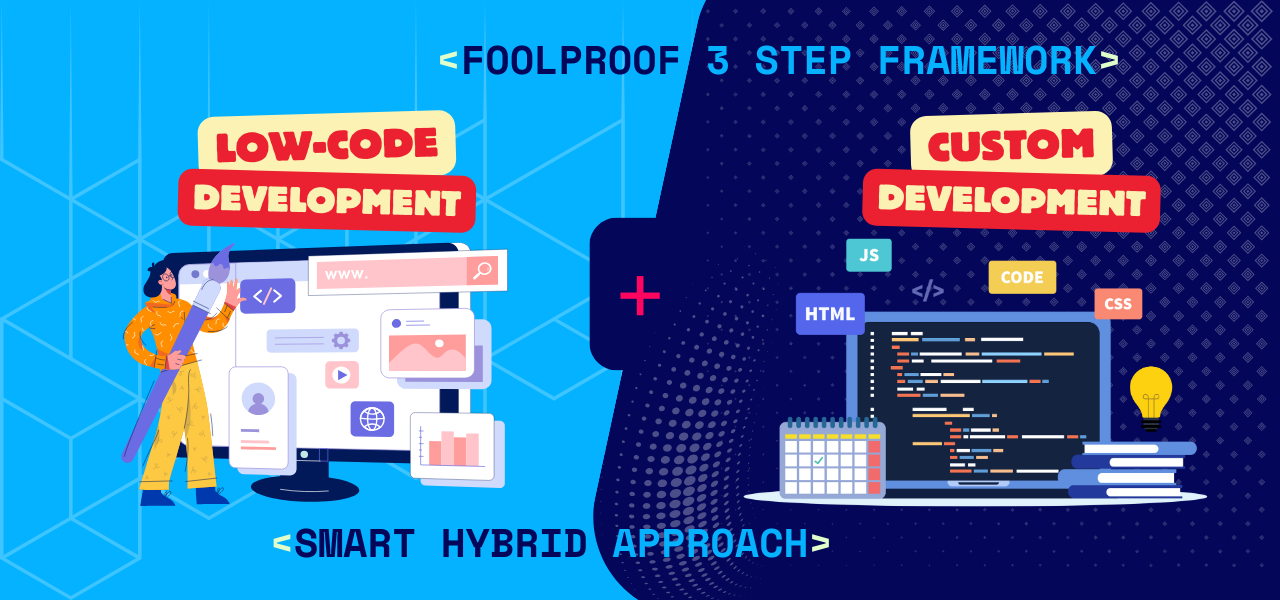The Criticality of addressing documentation deficit: App Modernization

Lack of documentation in software development refers to inadequate or outdated information about the application’s architecture, design, functionality, and usage. This absence or inadequacy of documentation can significantly hinder developers’ ability to understand, maintain, and enhance the application. Here’s a detailed exploration of the challenges posed by insufficient documentation:
1. Understanding Architecture: Documentation typically outlines the high-level architecture of the application, including its components, modules, and their interactions. Without clear documentation, developers may struggle to grasp how different parts of the application fit together and communicate.
2. Functionalities and Features: Detailed documentation describes the functionalities and features offered by the application. It explains how users interact with the system, what actions are supported, and what outcomes are expected. Lack of such documentation can lead to misunderstandings and misinterpretations of the intended behavior.
3. APIs and Interfaces: If the application exposes APIs or integrates with external systems, comprehensive documentation is crucial for developers to understand how to interact with these interfaces. Inadequate documentation here can result in integration errors, compatibility issues, or inefficient usage of APIs.
4. Coding Standards and Conventions: Documentation often includes coding standards, best practices, and conventions followed in the project. Without these guidelines, developers may introduce inconsistencies in coding style, making the codebase harder to maintain and understand.
5. Configuration and Deployment: Documentation typically covers configuration settings, deployment procedures, and environment setup instructions. Insufficient documentation in these areas can lead to deployment errors, configuration issues, or difficulties in setting up development environments.
6. Troubleshooting and Debugging: Comprehensive documentation includes troubleshooting tips, known issues, and solutions to common problems. Without this information, developers may spend excessive time diagnosing issues or resort to trial-and-error approaches.
7. Onboarding New Developers: Documentation plays a crucial role in onboarding new team members. It provides them with the necessary background information to quickly get up to speed and start contributing effectively to the project.
8. Maintainability and Scalability: Well-documented code and architecture contribute to the long-term maintainability and scalability of the application. In the absence of proper documentation, making changes, refactoring code, or scaling the application becomes riskier and more time-consuming.
9. Knowledge Transfer and Collaboration: Documentation facilitates knowledge transfer among team members and promotes collaboration. It ensures that everyone is on the same page regarding project goals, design decisions, and implementation details.
To mitigate the impact of insufficient documentation, organizations should prioritize documenting all aspects of the software development lifecycle. This includes creating comprehensive architecture diagrams, API references, user guides, coding standards documents, deployment guides, and troubleshooting documentation. Regularly updating and reviewing documentation ensures that it remains accurate and relevant as the application evolves. Investing in tools and practices that encourage documentation, such as automated documentation generators or documentation-as-code approaches, can also help maintain high-quality documentation throughout the project lifecycle.






